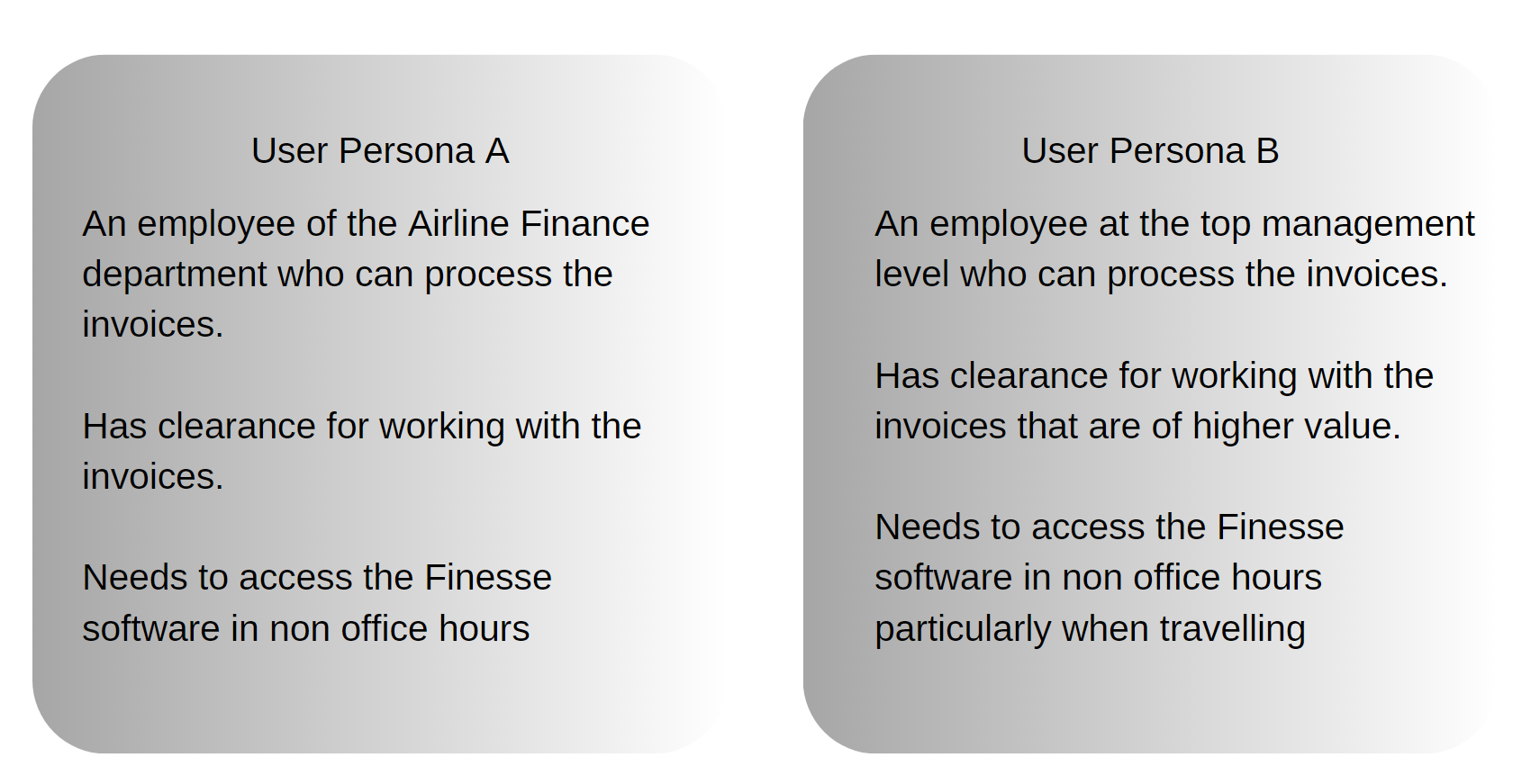In early 2015, I undertook the challenging responsibility of overseeing the development of the Finesse Mobi mobile app, which was a critical deliverable for our organization. This project came with two distinct and paramount objectives that needed to be fulfilled in order to ensure its success:
Collaboration with the Software Architect:
My first task was to work closely with our seasoned software architect. Together, we embarked on the intricate journey of designing the essential components that would form the backbone of the Finesse Mobi app. This involved in-depth discussions, brainstorming sessions, and rigorous planning to ensure that the app's architecture would be robust, scalable, and aligned with our organization's broader technology roadmap.
Coordination with UX Designers and Developers:
Simultaneously, I had the privilege of collaborating with our talented UX designers and dedicated developers. Our primary goal was to bring the vision of the Finesse Mobi app to life, starting with its release on the iOS platform. This phase demanded close coordination, effective communication, and a shared commitment to delivering a product that not only met user expectations but also adhered to the highest quality standards.
My initial step in this journey was to engage with our UX team members. I recognized the importance of grasping the nuances of what was being built and understanding how it would seamlessly integrate into our existing technical infrastructure. To achieve this, I initiated numerous meetings with the UX team, aiming to clarify the details and refine the initial concepts presented in the high-fidelity mockups they had meticulously crafted.
Given that I was not directly involved in the Research and Definition phase of the project, I faced the task of quickly ramping up on certain critical topics. This was particularly vital as I needed to provide essential knowledge to team members, including our junior colleagues who were eager to contribute to the project's success.
My commitment to knowledge acquisition and sharing became an integral part of the project's success, ensuring that everyone involved was equipped with the insights and information needed to make informed decisions and execute their tasks effectively.



